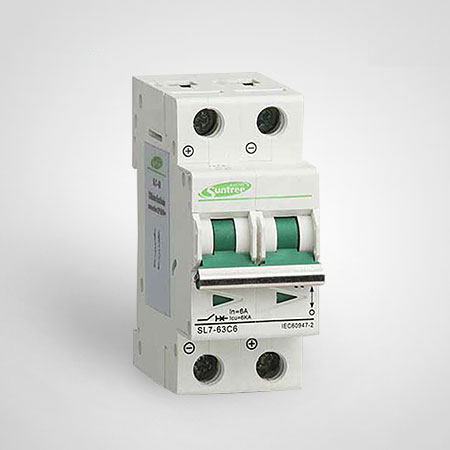When the current flows through the conductor, the conductor will be heated because there is a certain resistance. And the calorific value follows this formula: Q=0.24i2rt; where Q is the calorific value, 0.24 is a constant, I is the current that flows through the conductor, R is the conductor's resistance, T is the time that the current passes through the conductor; It is not difficult to see the simple working principle of the fuse.
When the material of the fuse and its shape are determined, the resistor R is relatively determined (if the resistance temperature coefficient is not considered). When the current flows through it, it heats up and increases its calorific value as time increases. The size of the current and resistance determines the speed at which the heat is generated, the structure of the fuse and the condition of its installation determine the speed of the heat dissipation, and the fuse will not fuse if the rate of heat generation is less than the rate of heat dissipation. If the speed of heat is equal to the speed of heat dissipation, it will not fuse for a long time. If the rate of heat generation is greater than the rate of heat dissipation, then the resulting heat will be more and more. And because it has a certain specific heat and quality, the increase of its heat performance in the temperature rise, when the temperature rise to the melting point above the fuse fuse has occurred. This is how the fuse works. We should know from this principle that you must carefully study the physical properties of your selected material when designing and making fuses, and make sure they have consistent geometrical dimensions. Because these factors play an important role in the normal operation of the fuse. Also, when you use it, be sure to install it correctly.

 English
English 



